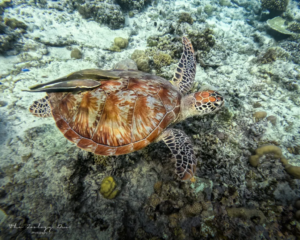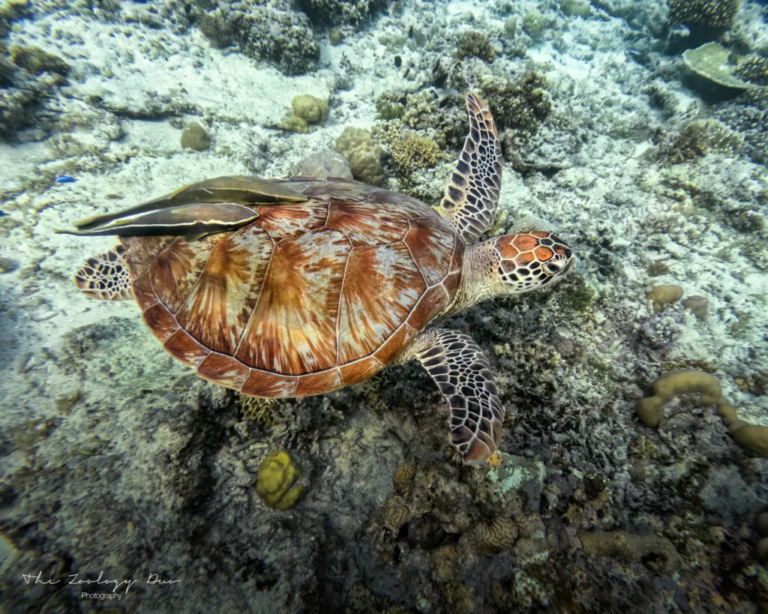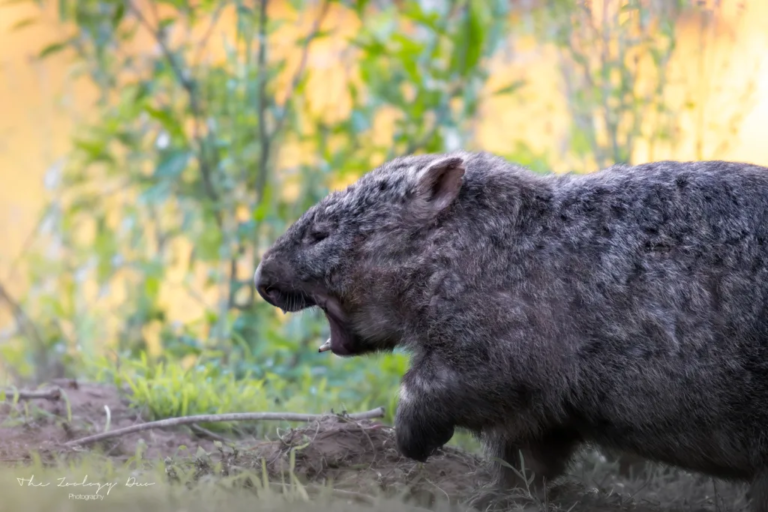Technology has revolutionized every aspect of our lives, from how we interact with each other to how we understand the world around us. This fast-moving sector has also made its way into conservation work. From the lab to the field, conservation technology is proving invaluable to how we develop and apply conservation strategies.
My recent work focuses on studying elephants in one of world’s largest conservation landscapes, the Kavango-Zambezi transfrontier conservation area (“KAZA”). Located in southern Africa, KAZA spans more than 200,000 square miles (about twice the area of Arizona) across five countries including Angola, Botswana, Namibia, Zambia, and Zimbabwe. As an expansive landscape with a variety of land uses ranging from protected areas to game reserves to human settlements, this region exemplifies the delicate balance between human needs and wildlife preservation. Its diverse ecosystems—savannahs, forests, and wetlands—host about 227,000 savannah elephants, roughly half of Africa’s remaining population, alongside 3 million people.

© Robin Naidoo / WWF
In our recently published study on how elephants move through different areas, we gained insight into how we can better protect them and the key resources they rely on, like water, more effectively. This idea, known as landscape connectivity, measures how easily animals move between essential areas and is a crucial concept for policymakers and researchers developing conservation strategies.
In the past, understanding how animals move through a vast region like KAZA was extremely challenging. However, GPS collaring has revolutionized our ability to do this, giving us more accurate and useful information. This technology allows us to map elephant movements across entire ecosystems, providing valuable data for conservation efforts.
Resembling a dog collar (a very large one in the case of elephants!), GPS collars record an animal’s location and transmit it to a website in near real-time via arrays of satellites. While GPS collars are not harmful to elephants, attaching them is hard work and can be perilous for the scientists involved. To attach the collars, elephants must first be anesthetized by scientists with a dart. Once the elephant is asleep, we secure the collar around the elephant’s neck as quickly as possible. This is no easy task, given that we are maneuvering an animal that can weigh up to 7 tons! The elephant eventually wakes up completely fine but sporting a new high-tech necklace. It’s a tricky process, but it gives us valuable information about these amazing animals.








